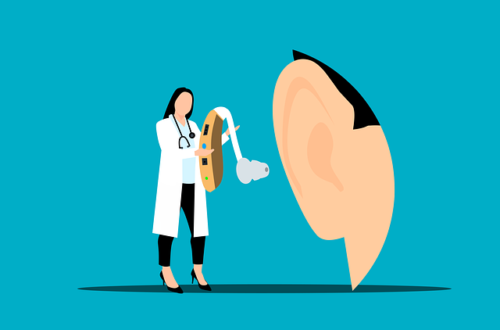Exploring Different Therapies and Treatments for Promoting Child Behavioral Growth
In our fast-paced, technology-driven culture, it has become increasingly common for children to feel anxious and stressed from the constant stimulation that comes from their surroundings. As a result, many parents seek more effective ways to promote child behavioral growth than ever before. Of course, many factors can impact a child’s behavior, which is why some children react in certain ways to different situations. Therefore, it is important to examine each case and determine what works best for them. Luckily, research has shown that you can promote child behavioral growth in various ways without much difficulty or cost.
Read on to learn more about various therapies and treatments that can help your child grow better than ever before.
Parenting Techniques to Promote Behavioral Growth
Remembering that children are individuals with unique personalities and circumstances is key. Therefore, parents must determine what works best for their children by analyzing their behavior, reactions, and environment. In addition, there are some parenting techniques that can be used to promote child behavioral growth. Some of these might include the following:
- Positive reinforcement: This is when a specific behavior is positively reinforced, which means that it is reinforced in the same way it was performed. For example, if your child does his homework regularly, he’ll be encouraged to do so if he’s praised and rewarded for doing so.
- Desensitization: It’s a method that uses avoidance of aversive stimuli. For example, if your child is afraid of the dark, you can avoid reinforcing his fear by helping him accept it using desensitization. The idea is that, as your child becomes less afraid of the dark, he’ll stop avoiding it.
- Clicker training: Like positive reinforcement, Clicker training is another parenting technique that relies on the positive reinforcement of certain behaviors. However, with Clicker training, the “clicker” reinforces certain behaviors.
CBT for Child Behavioral Growth
Cognitive behavioral therapy is a type of therapy that focuses on changing the way a person thinks and behaves by reinforcing positive actions. With this type of therapy, according to Sunshine Advantage therapists, your child will learn how to identify the thoughts and behaviors that lead to anxiety and stress and replace them with more effective ones. With practice, your child will learn to recognize the signs of anxiety and stress in himself and his environment and thus be able to combat them. For example, your child might feel anxious about a test or performance at school. He might think, “I’m going to fail this test because I didn’t do my homework,” or “I’m probably not good at this.” But if he understands that these thoughts lead to stress and anxiety, he can replace them with more positive ones.
Positive Psychology Strategies for Child Behavioral Growth
Another effective way to promote child behavioral growth is through positive psychology strategies. These strategies focus on helping your child understand his feelings, identify his strengths and limitations, and build self-esteem. With positive psychology strategies, your child will learn to recognize and acknowledge his feelings and emotions and how they influence his thoughts, behaviors, and environment. With practice, your child can see his strengths and weaknesses and choose how he behaves.
Proven Brain-Based Strategies for Promoting Child Growth
In addition to these parenting techniques and CBT for child behavioral growth, you can also try a number of proven brain-based strategies for promoting child behavioral growth. Some of these include:
- Binaural sounds: Binaural sounds are auditory experiences created by combining two different sounds, usually at different frequencies. Binaural sounds process the frequencies by two different brain areas, creating a unique sensation that can help your child relax.
- Multisensory interventions: Multisensory interventions are visual, auditory, and tactile, and they function to help your child to process information more fully. For example, a child who feels anxious while waiting for the bus might be subject to visual cues that make him feel anxious, auditory cues that make him feel anxious, and tactile cues that make him anxious and anxious. A multisensory intervention, on the other hand, can help your child to process these cues more fully and effectively.
- Relaxation training: Like positive psychology strategies, relaxation training is a proven brain-based strategy for promoting child behavioral growth. However, in this case, the relaxation technique is accompanied by musical sounds that help to relax your child and allow him to fall asleep quickly.
Conclusion
Child behavioral growth is a serious issue that requires parents to be proactive in helping their kids to feel more confident and self-assured. Fortunately, there are many different ways that you can help your child to grow better than ever before. You can determine which methods and techniques will work best for your child by looking at each situation. With these tips in mind, you can take a more active role in promoting child behavioral growth. You can also use these strategies to help your children understand their feelings, build self-esteem, and relax when anxious or stressed.


